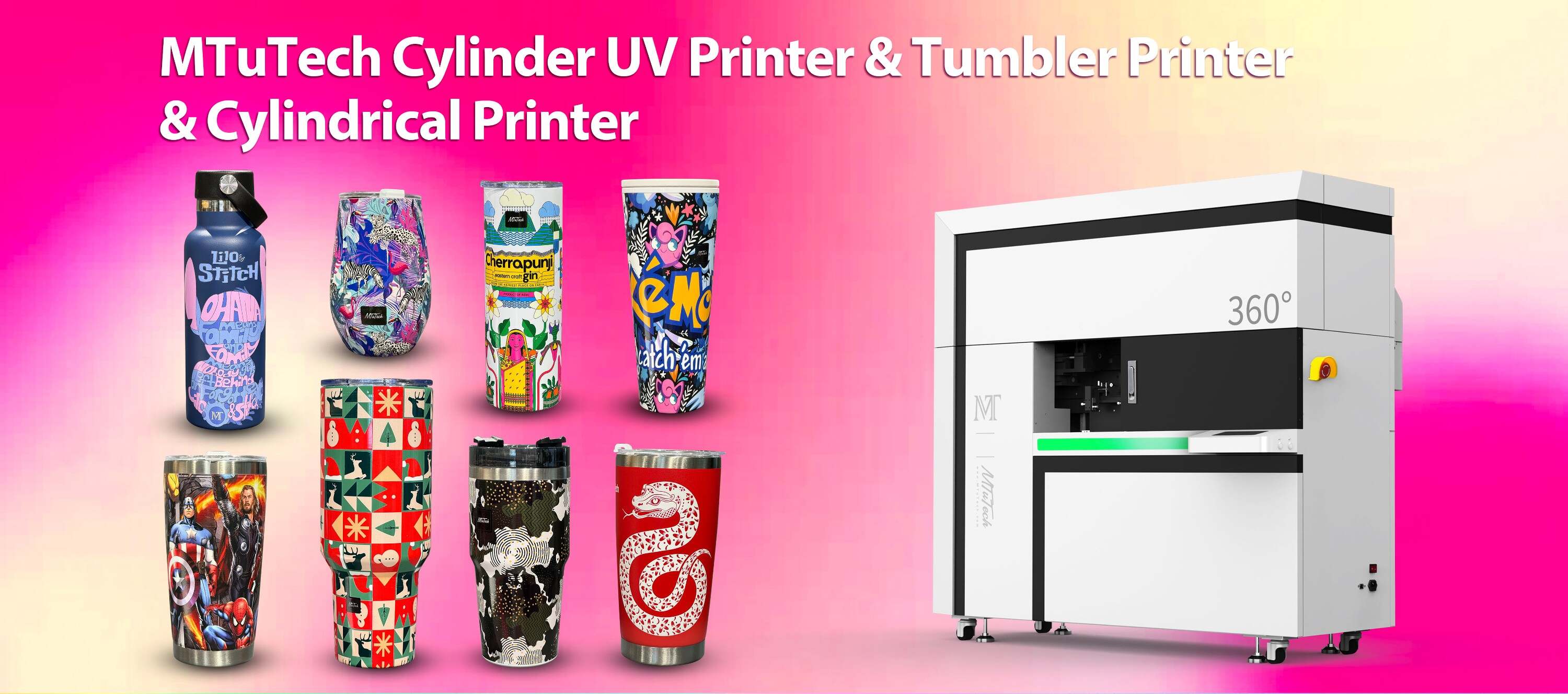 Mastering the Time-Lapse Workflow for a Cylindrical Print Job
Mastering the Time-Lapse Workflow for a Cylindrical Print Job
Introduction
The world of printing has evolved significantly, introducing new technologies and specialized techniques to enhance production quality and efficiency. Among these innovations, cylindrical printing stands out as a versatile method suitable for a myriad of applications, from promotional items to bespoke designs on bottles and jars. However, mastering the workflow for a cylindrical print job can be challenging. This article will guide you through a time-lapse workflow that optimizes your printing process.
Understanding Cylindrical Printing
Cylindrical printing is the process of applying graphics or designs on three-dimensional cylindrical surfaces. This includes products such as bottles, cans, and tubes. The complexity of this form of printing arises from the curvature and varying dimensions of the surface area. Implementing a streamlined workflow is essential to achieve high-quality results efficiently.
Benefits of a Time-Lapse Workflow
Adopting a time-lapse workflow for cylindrical printing can lead to numerous benefits, including:
·
Increased Efficiency: Streamlining each step saves time and reduces the likelihood of errors.
·
·
Enhanced Quality Control: A systematic approach helps maintain consistent quality across all print jobs.
·
·
Better Resource Management: Time-lapse workflows make it easier to allocate resources effectively, reducing waste.
·
·
Improved Communication: A structured process facilitates better collaboration between team members.
·
Preparing for the Print Job
1. Design Preparation
The first step in a cylindrical print job is preparing the design. This involves several critical actions:
·
File Format: Ensure your design files are in a suitable format (e.g., AI, PSD, or PDF).
·
·
Size Adjustments: Adjust dimensions to fit the cylindrical surface accurately.
·
·
Color Management: Use accurate color profiles to match the desired output.
·
·
Proofing: Always create a digital proof for client approval to minimize revisions and errors.
·
2. Material Selection
Selecting the right materials is a crucial part of ensuring successful cylindrical printing. Consider the following:
·
Material Compatibility: Make sure the printed materials are suitable for the printer and inks used.
·
·
Surface Finish: Choose finishes that enhance the final product, such as matte, gloss, or satin.
·
·
Durability: Ensure chosen materials can withstand the intended use, such as exposure to water or UV light.
·
3. Printer Setup
Setting up the printer correctly is key to an efficient workflow. Address these factors:
·
Calibration: Ensure your cylindrical printer is calibrated for accuracy.
·
·
Inks and Supplies: Check that you have the necessary inks and other supplies ready for your job.
·
·
Test Runs: Conduct test prints to troubleshoot any potential issues before the actual job.
·
Executing the Time-Lapse Workflow
4. Printing Process
The printing process itself is where the time-lapse workflow shines. Follow these steps for maximum effectiveness:
·
Loading the Material: Securely load the cylindrical material into the printer.
·
·
Setting the Parameters: Adjust the printer settings for speed and quality based on your specific job requirements.
·
·
Monitoring: Keep a close eye on the print job, watching for any errors or adjustments that need to be made.
·
·
Intermittent Checks: Periodically halt the printing to check for quality, ensuring everything is on track.
·
5. Post-Printing Processes
Once the printing is complete, there are several important steps to take:
·
Curing/Drying: Depending on the type of ink used, ensure proper curing or drying time is allowed.
·
·
Final Quality Check: Inspect the finished product thoroughly for any defects.
·
·
Cleaning Equipment: Regularly clean the printer and tools to maintain their performance for future jobs.
·
Case Study: Achieving Success with Time-Lapse Workflows
Consider a small printing company that specializes in customized promotional bottles. Initially, they struggled with inconsistent quality and frequent project delays. By implementing a time-lapse workflow, they improved their operations significantly.
After adopting structured design preparation, printer setup, and monitoring techniques, they saw:
·
Productivity increase by 40%
·
·
A 30% reduction in material waste
·
·
Higher customer satisfaction rates due to consistent quality
·
This case illustrates how vital a time-lapse workflow can be in ensuring successful cylindrical print jobs across various industries.
Conclusion
In the fast-paced world of printing, efficiency and quality are paramount, especially when it comes to specialized processes like cylindrical printing. By adopting a time-lapse workflow, your printing operation can experience increased efficiency, improved quality control, and better resource management. With proper preparation, execution, and follow-up, any printing company can thrive in this competitive sector.
For those looking to enhance their printing capabilities, explore our high-quality cylindrical printers here and take your business to the next level.
FAQ
What is cylindrical printing?
Cylindrical printing is the process of applying graphics or designs to cylindrical surfaces such as bottles, cans, and tubes. It requires specialized techniques due to the unique shape of the printing material.
Why is a time-lapse workflow beneficial?
A time-lapse workflow streamlines each step of the printing process, resulting in increased efficiency, enhanced quality control, better resource management, and improved communication among team members.
What materials can be printed using cylindrical printers?
Cylindrical printers can print on a variety of materials, including plastic, glass, metal, and paper. It's essential to select the right material for your specific printer and ink type to achieve optimal results.
How do I ensure quality during the printing process?
Regular monitoring and intermittent checks during the print job will help maintain quality. Additionally, conducting test runs and thorough final inspections can ensure that any potential issues are identified and addressed promptly.
